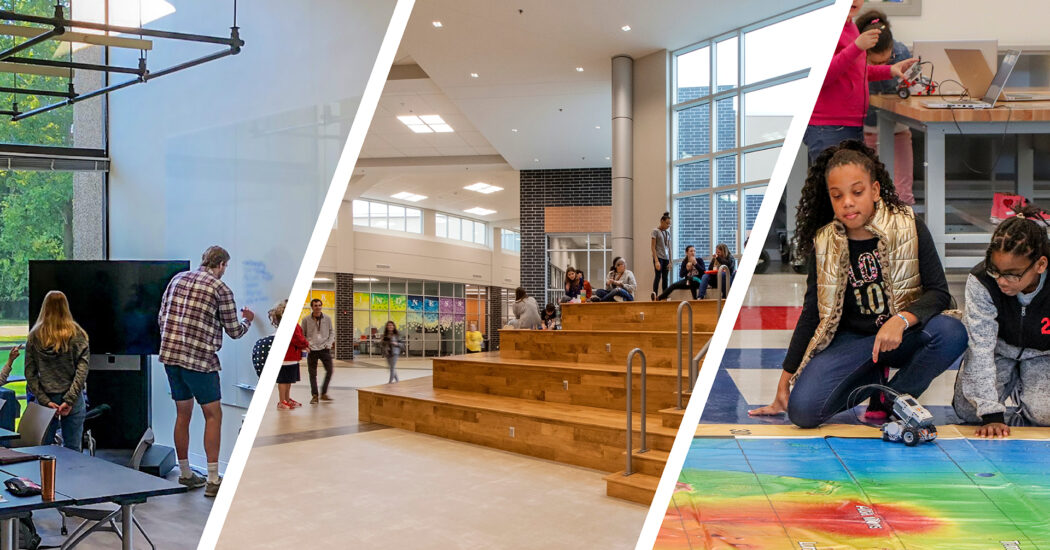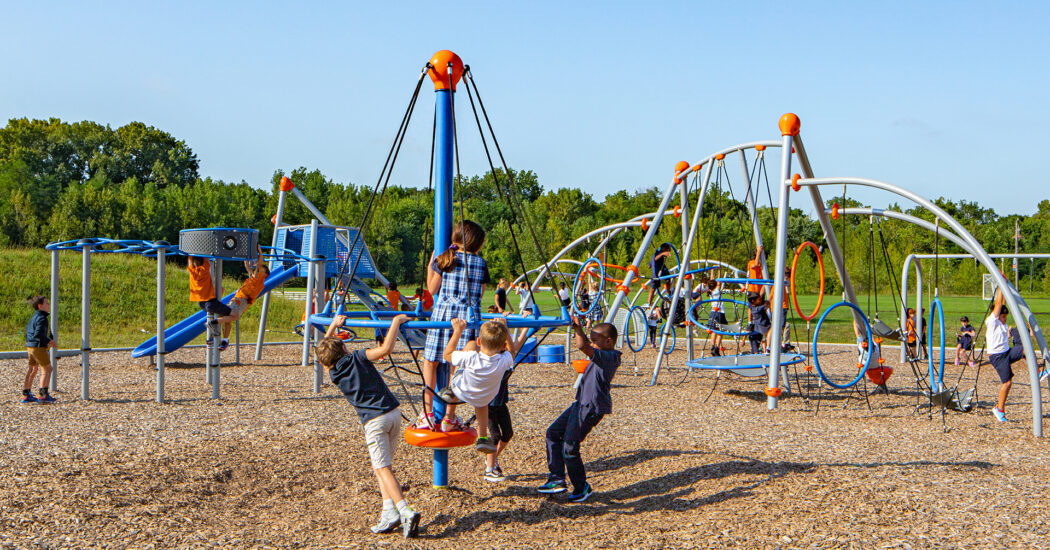Bridging the Historic with the New – A Successful Story of Adaptive Reuse
-
Category
Studio-Higher Ed, Perspectives, Innovation -
Posted By
Lisa Gomperts -
Posted On
Dec 03, 2013

ISU – Scott College of Business
Historic preservation projects face many challenges. Some of these include, but are not limited to:
- Who will use the building and does it support the many programmatic needs of this group?
- How can you repurpose the building while integrating modern building systems and technology throughout?
- How do you maintain the historic features of the building, while making it a place people can use today and well into the future?
The Federal Building in Terre Haute demonstrates how an underutilized historic structure can be used to bridge the local community with campus. The Federal Building, constructed in the 1930s, was a beautiful Art Deco structure. It has housed the U.S. Post Office, local branches of the Social Security Administration, the U.S. Department of Labor, the IRS, Congressional offices, the Terre Haute Division of the U.S. District Court Southern District of Indiana, and U.S. Bankruptcy Court. The building functioned in this capacity until the 1990s and 2000s, at which time various departments were consolidated and some relocated to more secure facilities.
The question became what to do with this landmark that could bring new life to it and the surrounding community. Indiana State University, the neighbor to the north, needed a new home for the College of Business. The Federal Building provided a chance to seamlessly expand the campus into the business community, take a non-functional vertical organizational structure and regroup to create a much more collaborate learning environment, and the ability to save a 75–year-old jewel.
The transformation was not without challenges. The massive steel and concrete structure created difficulties incorporating modern mechanical and plumbing systems. Additionally, the historic nature of the building needed to be preserved while incorporating state-of-the-art technology all while maintaining the public postal function that still served the community. 

Marble and aluminum detailing was preserved, wood paneling was restored, and historic fixtures recreated. This was carefully coordinated with modern glass walls, high-tech audio/visual components, and updated furnishings to facilitate collaboration.
What makes this adaptation so successful? The obvious answer is the preservation of a historic structure that might otherwise have ended up in a landfill. But I would suggest it is more about the intangibles that you see when you talk to a student who is excited about going to class in this building, a business person that casually enters the building to eat lunch in the student run Execudine food service area, or the staff/faculty member who can now train our best and brightest business majors in a facility that will prepare them for their 21st century careers.







